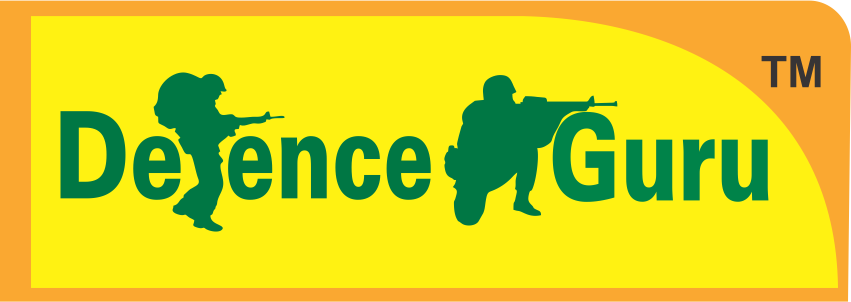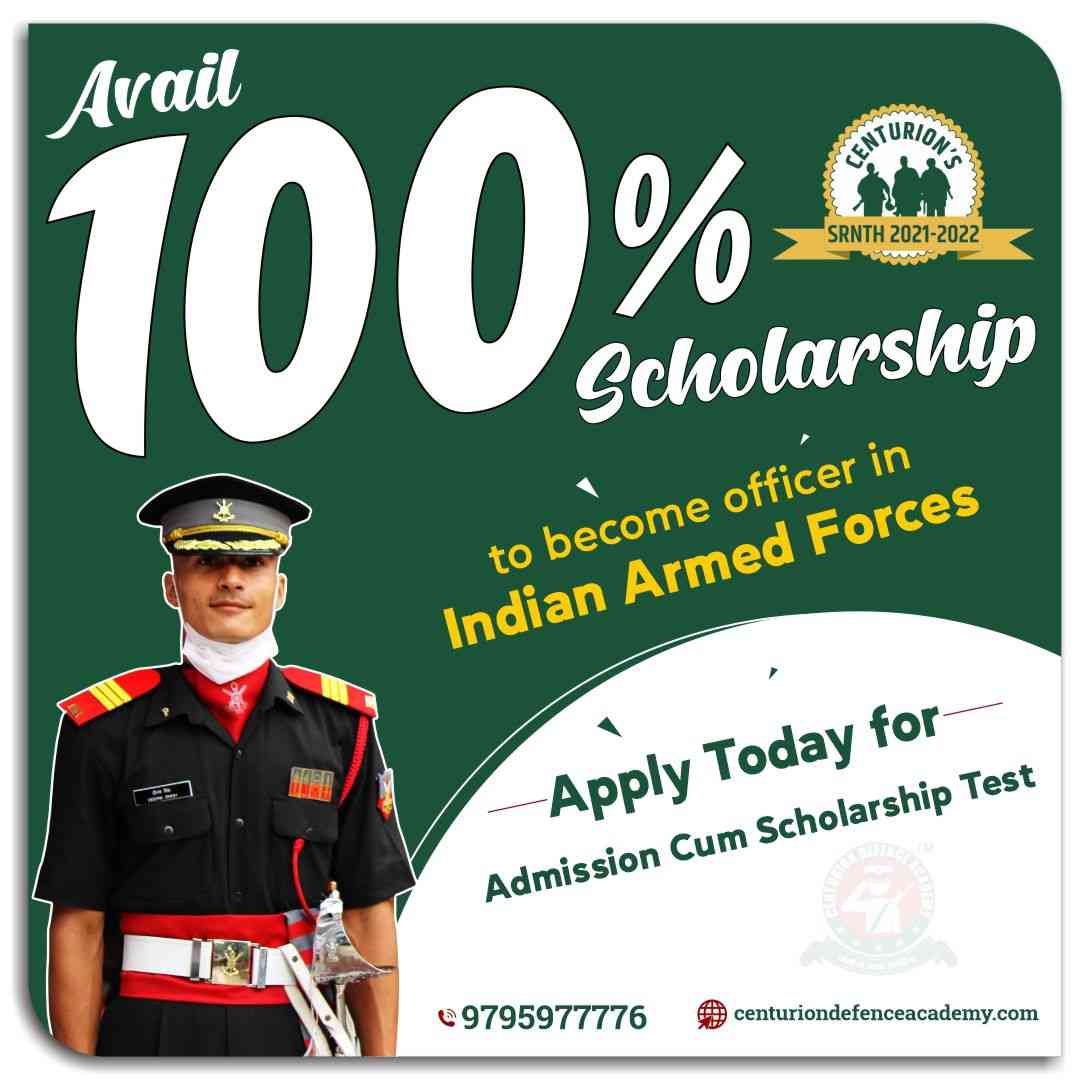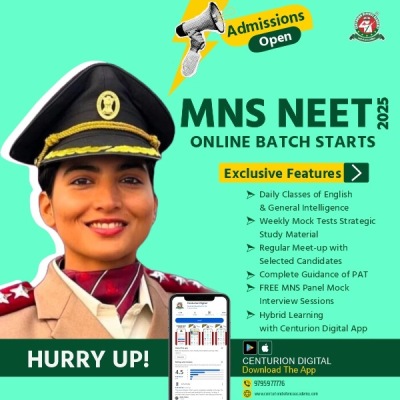UPSC CDS 2 2019 Exam Online FormÂ
UPSC has released the notification for the Combined Defence Services Examination II 2019 (CDS Exam II 2019). UPSC CDS Exam 2019 (II) is held for recruiting candidates for course conducted by Indian Military Academy, Indian Naval Academy, Air Force Academy and Officers training Academy. Eligible and interested candidates can apply for UPSC CDS 2019 from 12 June to 08 July 2019 (Monday). UPSC CDS 2 Recruitment 2019 will be done through Online Mode Only.
UPSC CDS 2 2019 Exam Dates
Date of Notification: 12th June 2019
Last Date of online CDS Registration: 8th July 2019
Â
HOW TO APPLYÂ
Candidates are required to apply online by using the website http://upsconline.nic.in Brief instructions for filling up the online Application Form have been given in the Appendix-II (A). Detailed instructions are available on the above mentioned website.
ELIGIBILITY:Â
Nationality: A candidate must be unmarried and must either be a Citizen of India.
Age Limits, Sex and Marital Status :Â
(i) For IMA—Unmarried male candidates born not earlier than 2nd July, 1996 and not later than 1st July, 2001 only are eligible.
(ii) For Indian Naval Academy—Unmarried male candidates born not earlier than 2nd July, 1996 and not later than 1st July, 2001 only are eligible.
(iii) For Air Force Academy— 20 to 24 years as on 1st July, 2020 i.e. born not earlier than 2nd July, 1996 and not later than 1st July, 2000 (Upper age limit for candidates holding valid and current Commercial Pilot Licence issued by DGCA (India) is relaxable upto 26 yrs. i.e. born not earlier than 2nd July, 1994 and not later than 1st July, 2000) only are eligible.
Note: Candidate below 25 years of age must be unmarried. Marriage is not permitted during training. Married candidates above 25 years of age are eligible to apply but during training period they will neither be provided married accommodation nor can they live with family out of the premises.
(iv) For Officers' Training Academy—(SSC Course for men) unmarried male candidates born not earlier than 2nd July, 1995 and not later than 1st July, 2001 only are eligible.
(v) For Officers' Training Academy—(SSC Women Non-Technical Course) Unmarried women, issueless widows who have not remarried and issueless divorcees (in possession of divorce documents) who have not remarried are eligible. They should have been born not earlier than 2nd July, 1995 and not later than 1st July, 2001.
Educational Qualifications:Â
(i) For I.M.A. and Officers’ Training Academy, Chennai — Degree of a recognised University or equivalent.
(ii) For Indian Naval Academy—Degree in Engineering from a recognised University/Institution.
(iii) For Air Force Academy—Degree of a recognised University (with Physics and Mathematics at 10+2 level) or Bachelor of Engineering.
Graduates with first choice as Army/Navy/Air Force are to submit proof of Graduation/provisional certificates on the date of commencement of the SSB Interview at the SSB.Â
FEE : Candidates (excepting Female/SC/ST candidates who are exempted from payment of fee) are required to pay a fee of Rs. 200/- (Rupees Two Hundred Only) either by depositing the money in any Branch of SBI by cash, or by using net banking facility of State Bank of India or by using Visa/Master/Rupay Credit/Debit Card.
STANDARD AND SYLLABUS OF THE CDS EXAMINATION
STANDARD
The standard of the papers in Elementary Mathematics will be of Matriculation level. The standard of papers in other subjects will approximately be such as may be expected of a graduate of an Indian University.
CDS II 2019 SYLLABUS
ENGLISH: The question paper will be designed to test the candidates’ understanding of English and workmanlike use of words.
GENERAL KNOWLEDGE: General Knowledge including knowledge of current events and of such matters of everyday observation and experience in their scientific aspects as may be expected of an educated person who has not made a special study of any scientific subject. The paper will also include questions on History of India and Geography of a nature which candidate should be able to answer without special study.
ELEMENTARY MATHEMATICS:
ARITHMETIC : Number System—Natural numbers, Integers, Rational and Real numbers. Fundamental operations, addition, substraction, multiplication, division, Square roots, Decimal fractions. Unitary method, time and distance, time and work, percentages, applications to simple and compound interest, profit and loss, ratio and proportion, variation. Elementary Number Theory—Division algorithm. Prime and composite numbers. Tests of divisibility by 2, 3, 4, 5, 9 and 11. Multiples and factors. Factorisation Theorem. H.C.F. and L.C.M. Euclidean algorithm. Logarithms to base 10, laws of logarithms, use of logarithmic tables.
ALGEBRA : Basic Operations, simple factors, Remainder Theorem, H.C.F., L.C.M., Theory of polynomials, solutions of quadratic equations, relation between its roots and coefficients (Only real roots to be considered). Simultaneous linear equations in two unknowns—analytical and graphical solutions. Simultaneous linear inequations in two variables and their solutions. Practical problems leading to two simultaneous linear equations or inequations in two variables or quadratic equations in one 21 variable & their solutions. Set language and set notation, Rational expressions and conditional identities, Laws of indices.
TRIGONOMETRY : Sine ×, cosine ×, Tangent × when 0° < × < 90° Values of sin ×, cos × and tan ×, for × = 0°, 30°, 45°, 60° and 90° Simple trigonometric identities. Use of trigonometric tables.
Simple cases of heights and distances.
GEOMETRY: Lines and angles, Plane and plane figures, Theorems on (i) Properties of angles at a point, (ii) Parallel lines, (iii) Sides and angles of a triangle, (iv) Congruency of triangles, (v) Similar triangles, (vi) Concurrence of medians and altitudes, (vii) Properties of angles, sides and diagonals of a parallelogram, rectangle and square, (viii) Circles and its properties including tangents and normals, (ix) Loci.
MENSURATION : Areas of squares, rectangles, parallelograms, triangle and circle. Areas of figures which can be split up into these figures (Field Book), Surface area and volume of
cuboids, lateral surface and volume of right circular cones and cylinders, surface area and volume of spheres.
STATISTICS : Collection and tabulation of statistical data, Graphical representation frequency polygons, histograms, bar charts, pie charts etc. Measures of central tendency





